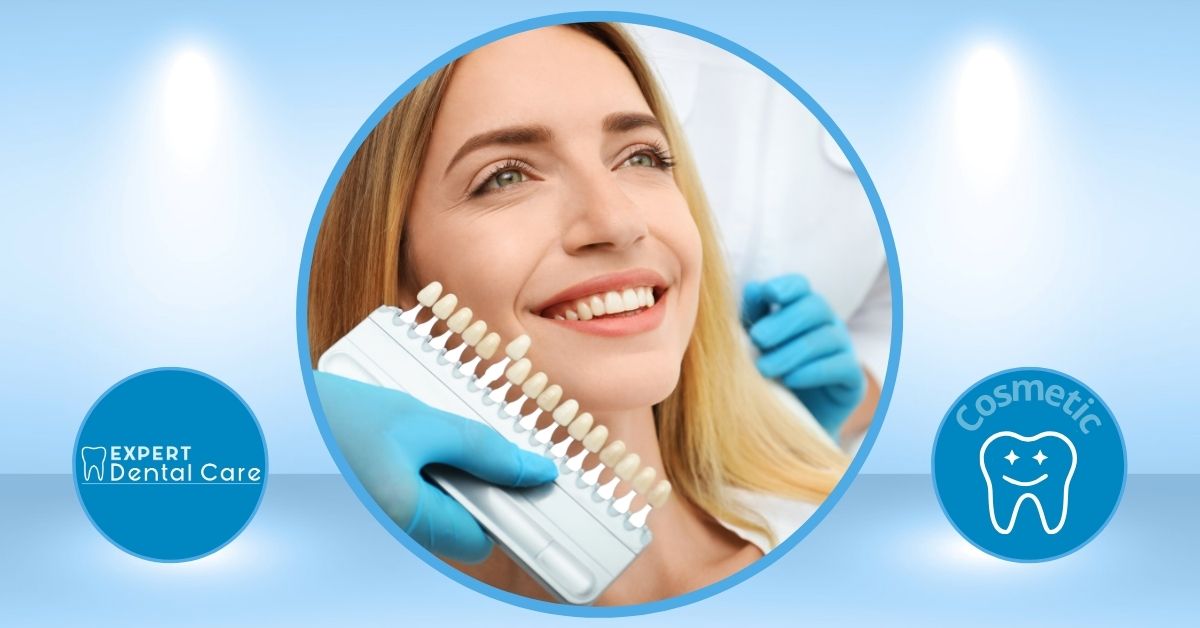Here is the list of the Top Cosmetic Dentists in South Carolina city, USA.
Brooklyn County, NY
West Virginia
South Carolina
South Carolina
South Carolina
Mississippi
Alaska
Alabama
San Diego
Orlando
Charlotte
What is Cosmetic vs Esthetic Dentistry?
Cosmetic vs Esthetic Dentistry: Understanding the Differences
In the realm of dental care, two terms are often used interchangeably but have distinct approaches: cosmetic dentistry and esthetic dentistry. While both focus on improving the appearance of your smile, they differ significantly in their methodologies and objectives. This article will delve into the nuances of each, highlighting their differences, benefits, and how to choose between them.
Introduction to Cosmetic Dentistry
Cosmetic dentistry is primarily concerned with enhancing the aesthetic appeal of your teeth, gums, and overall smile. It involves procedures designed to improve the appearance of your dental structures, often without necessarily addressing their functionality or health. Common treatments in cosmetic dentistry include:
- Teeth Whitening: A popular procedure for brightening the color of your teeth.
- Veneers: Thin layers of material bonded to the front of your teeth to improve their shape and color.
- Bonding: Using a tooth-colored resin to repair or improve the appearance of teeth.
- Orthodontics: Straightening teeth to enhance alignment and appearance.
Cosmetic dentistry is often elective and focuses on achieving a visually appealing smile that boosts self-confidence and self-esteem. However, it may not always address underlying dental issues, and insurance coverage can be limited for purely cosmetic treatments.
Introduction to Esthetic Dentistry
Esthetic dentistry, on the other hand, takes a more holistic approach. It not only aims to enhance the appearance of your teeth and gums but also considers their health and functionality. Esthetic dentistry seeks to create a smile that is both visually appealing and fully functional. This branch of dentistry often involves:
- Restorative Treatments: Procedures like crowns and veneers that improve both appearance and function.
- Orthodontics: Aligning teeth for better bite and aesthetic appeal.
- Smile Design: Creating a smile that harmonizes with your facial features.
Esthetic dentistry emphasizes the importance of maintaining oral health while enhancing aesthetics. It addresses underlying issues to ensure long-term results and overall well-being.
Key Differences Between Cosmetic and Esthetic Dentistry
| Aspect | Cosmetic Dentistry | Esthetic Dentistry |
|---|---|---|
| Focus | Primarily aesthetic, focusing on appearance. | Holistic approach, considering health and function alongside appearance. |
| Treatments | Teeth whitening, veneers, bonding, orthodontics. | Restorative treatments, orthodontics, smile design. |
| Objective | Achieve a visually appealing smile. | Enhance appearance while maintaining health and functionality. |
| Insurance Coverage | Often not covered by insurance for purely cosmetic procedures. | May be covered if procedures address health issues. |
Choosing Between Cosmetic and Esthetic Dentistry
When deciding between cosmetic and esthetic dentistry, consider your individual needs and goals:
- Cosmetic Dentistry is ideal if you’re primarily concerned with improving the appearance of your smile without addressing underlying health issues.
- Esthetic Dentistry is more suitable if you want a comprehensive approach that enhances both aesthetics and functionality.
Consulting with a dental professional is crucial to determine the best course of action for your specific situation.
Benefits and Limitations
Cosmetic Dentistry Benefits:
- Improved Appearance: Enhances the look of your teeth and smile.
- Quick Results: Many treatments offer immediate noticeable changes.
- Boosts Confidence: A better smile can improve self-esteem.
Cosmetic Dentistry Limitations:
- Focus on Aesthetics: May not address underlying dental issues.
- Insurance Coverage: Often not covered by insurance.
Esthetic Dentistry Benefits:
- Holistic Approach: Considers both appearance and health.
- Long-Term Results: Addresses underlying issues for lasting outcomes.
- Functional Improvement: Enhances bite alignment and oral health.
Esthetic Dentistry Limitations:
- Cost: Can be more expensive due to comprehensive treatments.
- Time: May require more time for complete treatment.
Conclusion
While both cosmetic and esthetic dentistry aim to improve your smile, they differ in their approach and objectives. Cosmetic dentistry focuses primarily on aesthetics, offering quick and visually appealing results. Esthetic dentistry, however, takes a more comprehensive approach, ensuring that your smile is not only beautiful but also healthy and functional. Understanding these differences will help you make an informed decision about which path is best for you.
FAQ Section
Q: What is the main difference between cosmetic and esthetic dentistry?
A: Cosmetic dentistry primarily focuses on improving the appearance of your teeth, while esthetic dentistry considers both aesthetics and the health and functionality of your dental structures.
Q: Does insurance cover cosmetic dentistry procedures?
A: Generally, insurance does not cover purely cosmetic procedures unless they also address health issues.
Q: What are some common procedures in cosmetic dentistry?
A: Common procedures include teeth whitening, veneers, bonding, and orthodontics.
Q: What is the goal of esthetic dentistry?
A: The goal is to create a smile that is both visually appealing and fully functional, ensuring long-term oral health.
Q: How do I choose between cosmetic and esthetic dentistry?
A: Consider your needs: if you’re focused on appearance alone, cosmetic dentistry might be suitable. For a comprehensive approach that includes health and functionality, choose esthetic dentistry.
Additional Resources
For more information on dental procedures and their benefits, you can visit Wikipedia’s page on Cosmetic Dentistry. This resource provides detailed insights into various cosmetic dental treatments and their applications.

